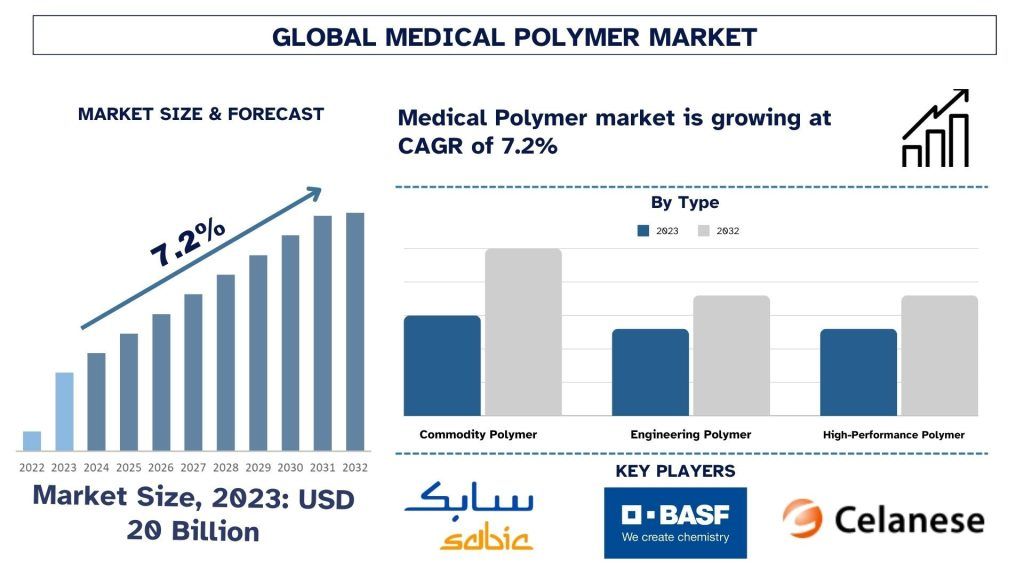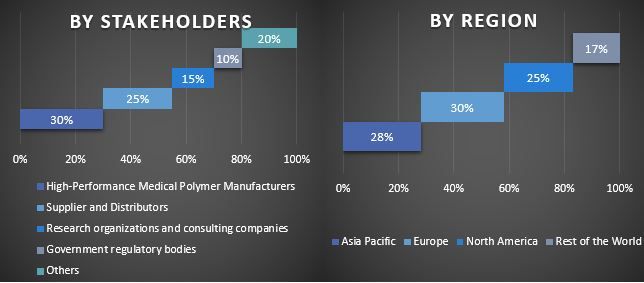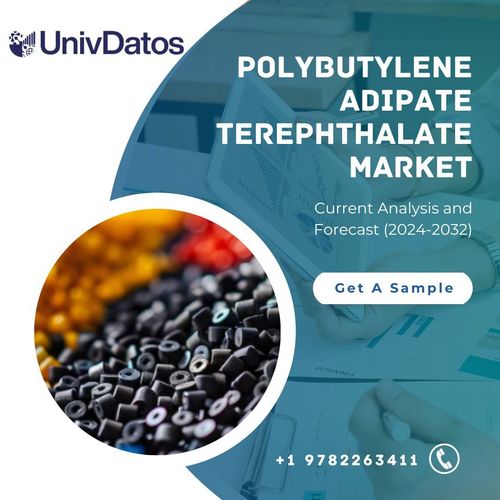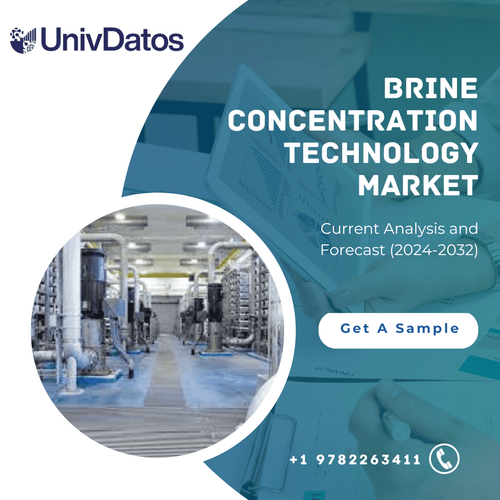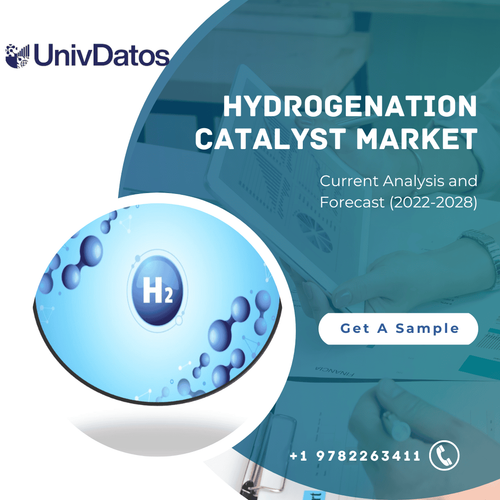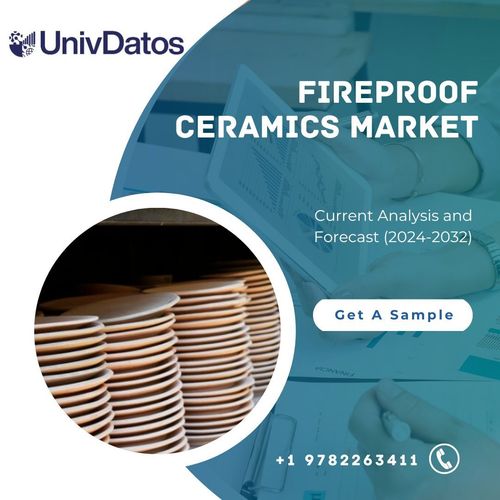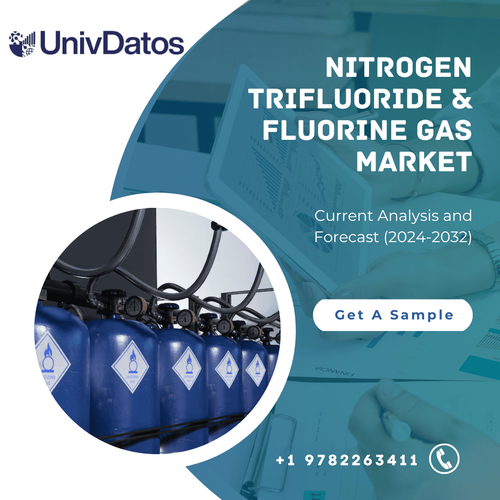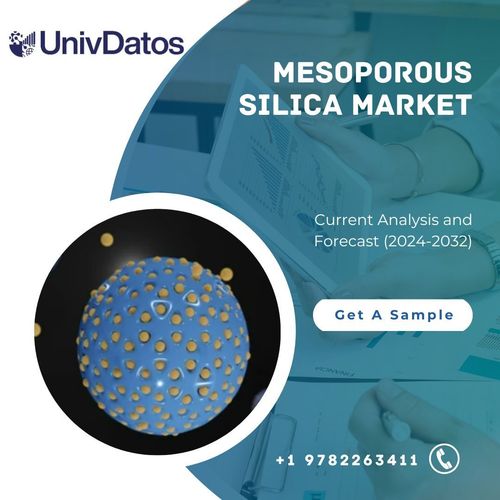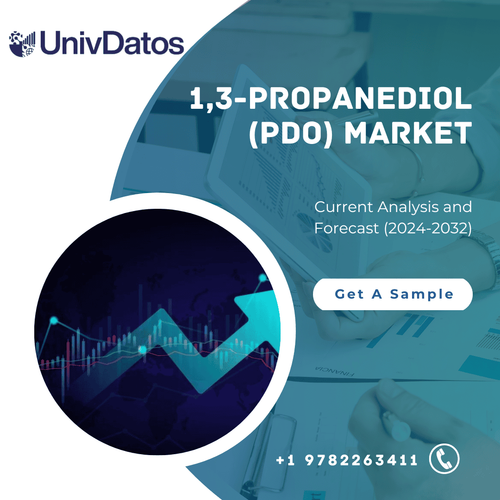Medical Polymer Market: Current Analysis and Forecast (2024-2032)
Emphasis on Type (Commodity Polymer, Engineering Polymer, and High-Performance Polymer); Structure (Amorphous and Crystalline); Application (Medical Disposables, Prosthetics, Medical Instruments & Tools, Drug Delivery, and Others); and Region and Country
Medical Polymer Market Size & Forecast
The factors contributing to the growth of the medical polymer market are the global trend of increasing life expectancy and demand for technologically enhanced medical equipment coupled with the trend for home care and space or wearable devices.
Medical Polymer Market Analysis
Today, the aging population is rapidly growing all over the world, and around two-thirds of cancer occurs mainly in people who are 65 years old or above. With aging, the physiological functions of the body get affected such as impairment of vision and hearing, reduced gastrointestinal motility, kidney function, and reduced cardiovascular function. The rise in the geriatric population coupled with the overspreading of infectious diseases, and the rising prevalence of cancer, arthritis, and cardiovascular diseases, which require complex surgical treatments propel the medical polymer market growth. In addition, now, countries are focusing more on improving the healthcare sector, which in turn is likely to fuel the market.
Medical Polymer Market Trends
This section discusses the key market trends influencing the fungicide segments as identified by our research experts.
High-Performance Polymer Segment Transforming Industry
Based on type, the market is categorized into commodity polymer, engineering polymer, and high-performance polymer. Among these, the high-performance polymer is likely to showcase robust growth owing to the increasing adoption of these polymers in prosthetics, medical devices, and drug delivery devices applications due to their resilience against a majority of body substances and are highly heat resistant and inert, thereby which makes them ideal for medical devices that come into direct contact with blood and tissue.
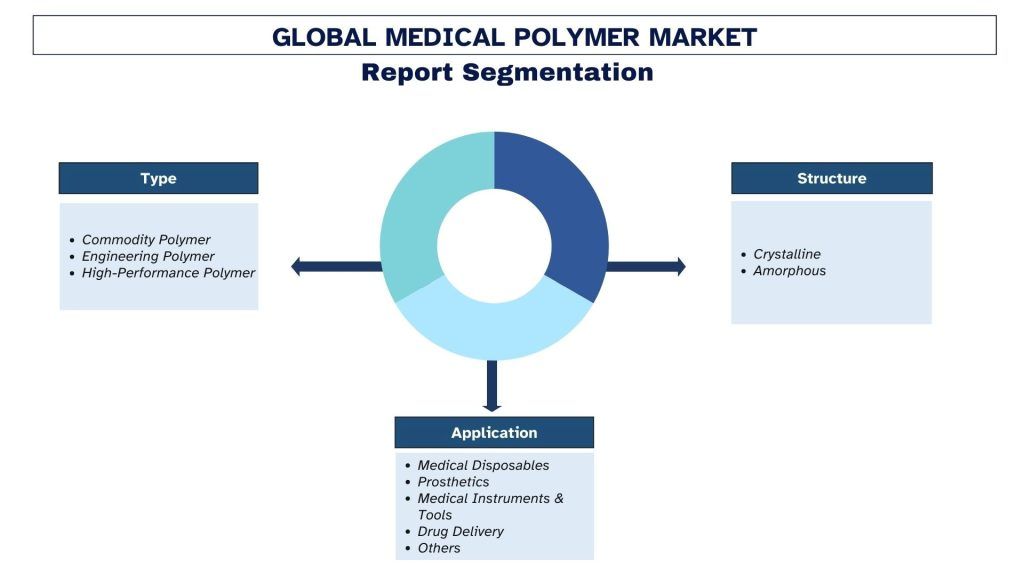
North America to hold a significant share of the market
The growth of the medical polymer market in North America is attributed to a few factors as described below. The one is the enhanced healthcare spending in the region as this spurs the need for medical equipment and devices that are produced from high-performance polymers. Also, the population of aging clients in North America is increasing, which causes more health complications, for example, cardiovascular diseases, joint disorders, and others that need implants and prostheses. The demand for lightweight, durable, and biocompatible polymers is also stimulated by the increasing use of minimally invasive surgical approaches. Moreover, the growth of home health care and wearable medical technologies, which heavily base their products on polymers, have shifted the market towards further growth. In summary, these factors together with the increasing advancements in technologies have facilitated the growth of the North American medical polymer market.
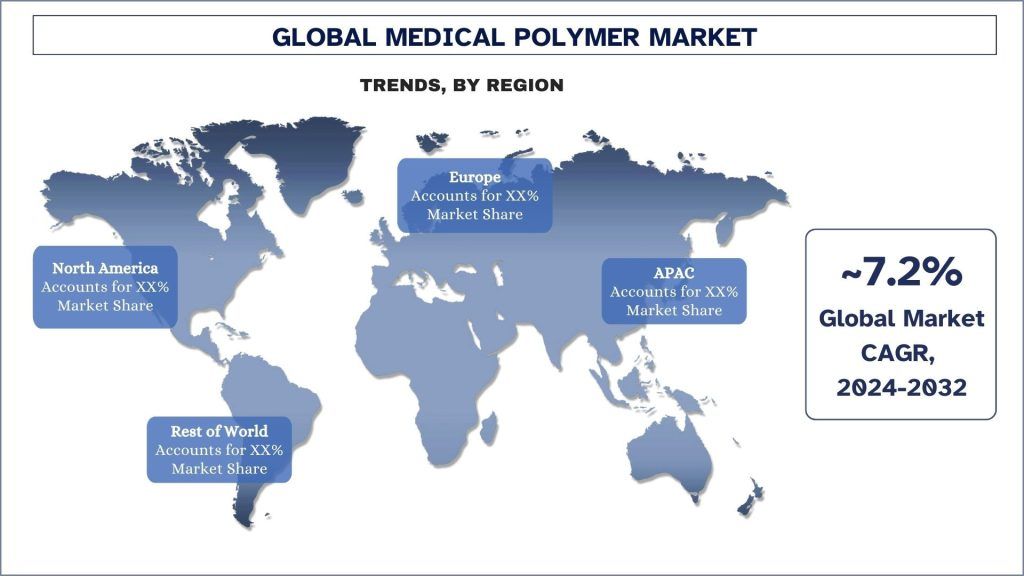
Medical Polymer Industry Overview
Medical Polymers are competitive, with several global and international market players. The key players are adopting different growth strategies to enhance their market presence, such as partnerships, agreements, collaborations, new product launches, geographical expansions, and mergers and acquisitions. Some of the major players operating in the market are SABIC, BASF, Celanese Corporation, Evonik Industries AG, Solvay, Arkema, The Lubrizol Corporation, Ensinger, Covestro AG, and E-Polymer Ltd. Several M&As along with partnerships have been undertaken by these players to facilitate customers with hi-tech and innovative products/technologies.
Medical Polymer Market Report Coverage
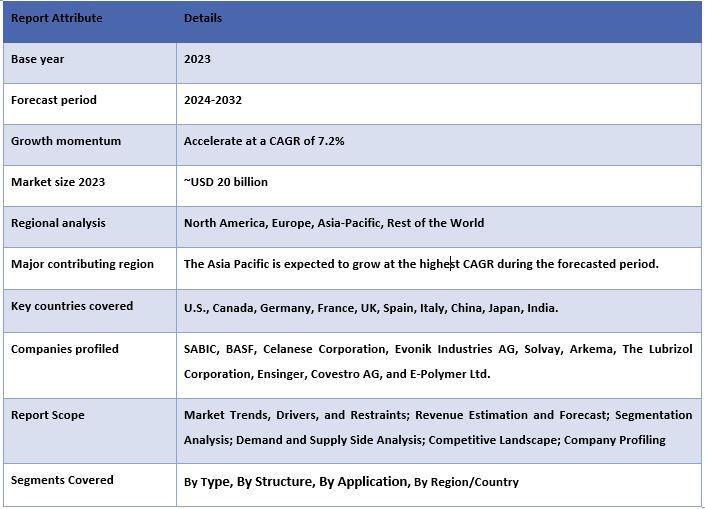
Reasons to buy this report:
- The study includes market sizing and forecasting analysis validated by authenticated key industry experts.
- The report presents a quick review of overall industry performance at one glance.
- The report covers an in-depth analysis of prominent industry peers with a primary focus on key business financials, product portfolios, expansion strategies, and recent developments.
- Detailed examination of drivers, restraints, key trends, and opportunities prevailing in the industry.
- The study comprehensively covers the market across different segments.
- Deep dive regional level analysis of the industry.
Customization Options:
Global Medical Polymer can further be customized as per the requirement or any other market segment. Besides this, UMI understands that you may have your own business needs; hence, feel free to connect with us to get a report that completely suits your requirements.
Table of Contents
Research Methodology for the Medical Polymer Market Analysis (2022-2032)
Analyzing the historical market, estimating the current market, and forecasting the future market of the global Medical Polymer market were the three major steps undertaken to create and analyze the adoption of Medical Polymer in major regions globally. Exhaustive secondary research was conducted to collect the historical market numbers and estimate the current market size. Secondly, numerous findings and assumptions were taken into consideration to validate these insights. Moreover, exhaustive primary interviews were also conducted, with industry experts across the value chain of the global Medical Polymer market. Post assumption and validation of market numbers through primary interviews, we employed a top-down/bottom-up approach to forecasting the complete market size. Thereafter, market breakdown and data triangulation methods were adopted to estimate and analyze the market size of segments and sub-segments of the industry. Detailed methodology is explained below:
Analysis of Historical Market Size
Step 1: In-Depth Study of Secondary Sources:
A detailed secondary study was conducted to obtain the historical market size of the Medical Polymer market through company internal sources such as annual reports & financial statements, performance presentations, press releases, etc., and external sources including journals, news & articles, government publications, competitor publications, sector reports, third-party database, and other credible publications.
Step 2: Market Segmentation:
After obtaining the historical market size of Medical Polymer, we conducted a detailed secondary analysis to gather historical market insights and share for different segments & sub-segments for major regions. Major segments are included in the report, such as type, structure, application, and region. Further country-level analyses were conducted to evaluate the overall adoption of testing models in that region.
Step 3: Factor Analysis:
After acquiring the historical market size of different segments and sub-segments, we conducted a detailed factor analysis to estimate the current market size of the Medical Polymer market. Further, we conducted factor analysis using dependent and independent variables such as type, structure, application, and Specialty tape regions. A thorough analysis was conducted of demand and supply-side scenarios considering top partnerships, mergers and acquisitions, business expansion, and product launches in the Medical Polymer market sector across the globe.
Current Market Size Estimate & Forecast
Current Market Sizing: Based on actionable insights from the above three steps, we arrived at the current market size, key players in the global Medical Polymer market, and market shares of the segments. All the required percentage shares split and market breakdowns were determined using the above-mentioned secondary approach and were verified through primary interviews.
Estimation & Forecasting: For market estimation and forecast, weights were assigned to different factors including drivers & trends, restraints, and opportunities available for the stakeholders. After analyzing these factors, relevant forecasting techniques i.e., the top-down/bottom-up approach were applied to arrive at the market forecast for 2032 for different segments and sub-segments across the major markets globally. The research methodology adopted to estimate the market size encompasses:
- The industry’s market size, in terms of revenue (USD) and the adoption rate of Medical Polymer across the major markets domestically
- All percentage shares, splits, and breakdowns of market segments and sub-segments
- Key players in the global Medical Polymer in terms of products offered. Also, the growth strategies adopted by these players to compete in the fast-growing market
Market Size and Share Validation
Primary Research: In-depth interviews were conducted with the Key Opinion Leaders (KOLs), including Top Level Executives (CXO/VPs, Sales Head, Marketing Head, Operational Head, Regional Head, Country Head, etc.) across major regions. Primary research findings were then summarized, and statistical analysis was performed to prove the stated hypothesis. Inputs from primary research were consolidated with secondary findings, hence turning information into actionable insights.
Split of Primary Participants in Different Regions
Market Engineering
The data triangulation technique was employed to complete the overall market estimation and to arrive at precise statistical numbers for each segment and sub-segment of the global Medical Polymer. Data was split into several segments and sub-segments after studying various parameters and trends in the type, structure, application, and regions of the global Medical Polymer market.
The main objective of the Global Medical Polymer Market Study
The current & future market trends of global Medical Polymer were pinpointed in the study. Investors can gain strategic insights to base their discretion for investments on the qualitative and quantitative analysis performed in the study. Current and future market trends determined the overall attractiveness of the market at a regional level, providing a platform for the industrial participant to exploit the untapped market to benefit from a first-mover advantage. Other quantitative goals of the studies include:
- Analyze the current and forecast market size of the Medical Polymer market in terms of value (USD). Also, analyze the current and forecast market size of different segments and sub-segments.
- Segments in the study include areas of type, structure, application, and regions.
- Define and analyze the regulatory framework for the Medical Polymer
- Analyze the value chain involved with the presence of various intermediaries, along with analyzing customer and competitor behaviors of the industry.
- Analyze the current and forecast market size of the Medical Polymer market for the major regions.
- Major countries of regions studied in the report include Asia Pacific, Europe, North America, and the Rest of the World
- Company profiles of the Medical Polymer market and the growth strategies adopted by the market players to sustain in the fast-growing market.
- Deep dive regional level analysis of the industry
Frequently Asked Questions FAQs
Q1: What is the global Medical Polymer Market current size and growth potential?
Q2: What are the driving factors for the growth of global Medical Polymer Market?
Q3: Which segment has the largest share of the global Medical Polymer Market by type?
Q4: What are the emerging technologies and trends in global Medical Polymer Market?
Q5: Which region will dominate global Medical Polymer Market?
Related Reports
Customers who bought this item also bought

